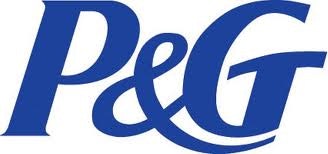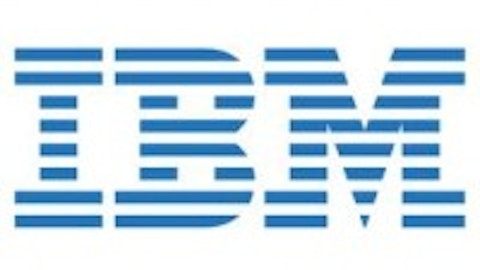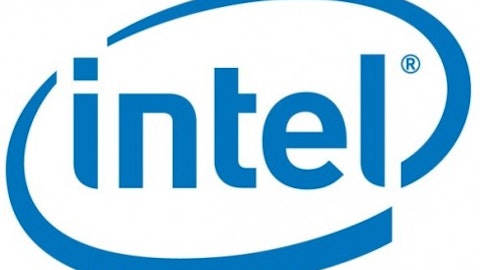Don’t distract me from my mission. When I enter a department store, flashy displays of full price items confront me head-on. They battle for my attention. But I always have one mission: find the bargains!
This strategy prevents my wallet from becoming too light, but it also comes with a level of risk. Bargains are only as good as the quality of the merchandise. This rule holds true with the stock market as well.

Defensive stocks are gone
Due to the volatile market, many of the steady “defensive stocks” are up in price. These stocks are in industries such as telecommunications, utilities, and consumer staples. Companies in these industries provide products that are always in demand (like cell phones, electric, and food), despite economic factors. Many defensive stocks also provide consistent dividends, which attract buyers in a low interest rate environment.
The Procter & Gamble Company (NYSE:PG) is an excellent example. Over the years it has increased its quarterly dividend – from $0.25 in 2004 to $0.6015 in 2013. Beyond its consistent dividends it earned net income in the tens of billions over the last ten years. This kind of company is an obvious choice in a time of uncertainty. Note how quarterly net income stayed in positive territory, despite a severe recession.

However, the problem with P&G is that its price trades near $78, close to its 52-week high of $82.
Bargain stocks worth the risk
As technology upgrades at an exponential rate, companies must keep up with the changing market – and big companies can be slow to market with new technologies. Like tech, energy can also be unpredictable, since stock prices can correlate to commodity prices. But don’t write these stocks off. Here are two interesting plays.
Despite the economic challenges in 2012, Cisco Systems, Inc. (NASDAQ:CSCO) turned its operations around. In January, Forbes forecasted a promising future for Cisco. Forbes explained the following benefits: Cisco’s steady revenue from the U.S., growth in emerging markets, and new focus on its high revenue networking units.
I think that Cisco Systems, Inc. (NASDAQ:CSCO) has even more potential. By changing its focus, Cisco is no longer distracted by many different business units. Priced near $24.50 per share, this is a clearance item I would not pass up.
Energy stocks often move with the price of oil, except recently. The discount on energy stocks is at its third-highest in the last 40 years, according to MSN Money. The divergence is perplexing, since oil demand will likely increase because of less supply (oil is getting more expensive to find and produce) and increased demand (natural gas prices are rising).
At the end of May, Apache Corporation (NYSE:APA)’s enterprise value (over $46.6 billion) to proven reserves traded for about $16 per barrel. For comparison, the industry trades closer to $25 per barrel. So, either Apache has considerably less debt relative to the industry, far fewer reserves, or its EV / Reserves is correlated to the share price, its stock is undervalued. In my opinion, it’s option number 3.
Apache Corporation (NYSE:APA)’s appeal is not only derived from its low price, but also from potential growth. This firm tripled production in the last 12 years and cleaned up its accounting act by paying back debt, selling assets, and buying back shares. All these factors make Apache a compelling growth story.
Deals worth avoiding
Some stocks are cheap for a reason. With problems ranging from market uncertainty to poor management, some companies may never recover the value they once had. Take Hewlett-Packard Company (NYSE:HPQ) for example.
Meg Whitman should be commended for her successful efforts to cut costs and pay off $1.8 billion in debt. However, decreasing debt and expenses won’t build the top line. It has chugged along the last two years without reporting quarterly growth.





